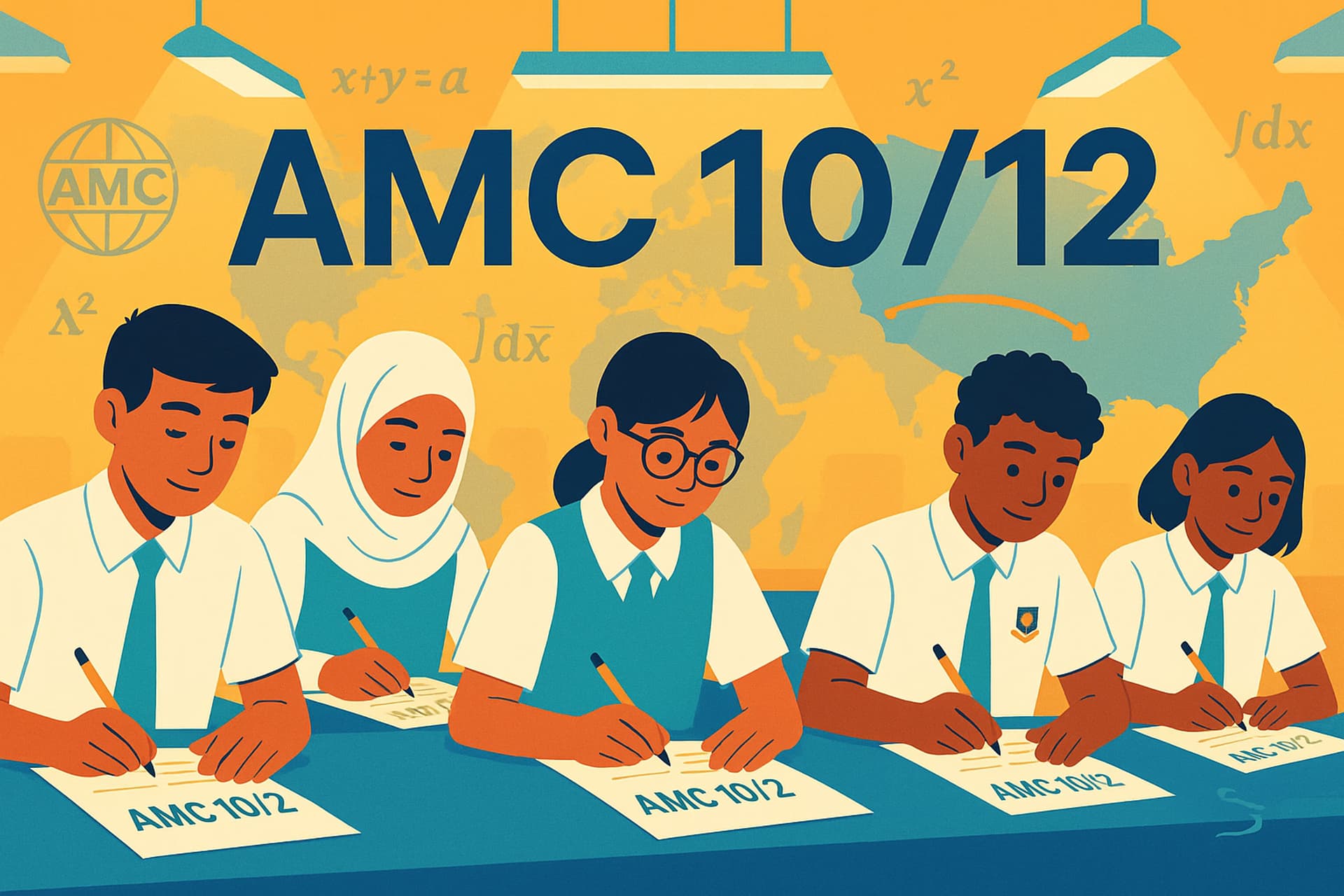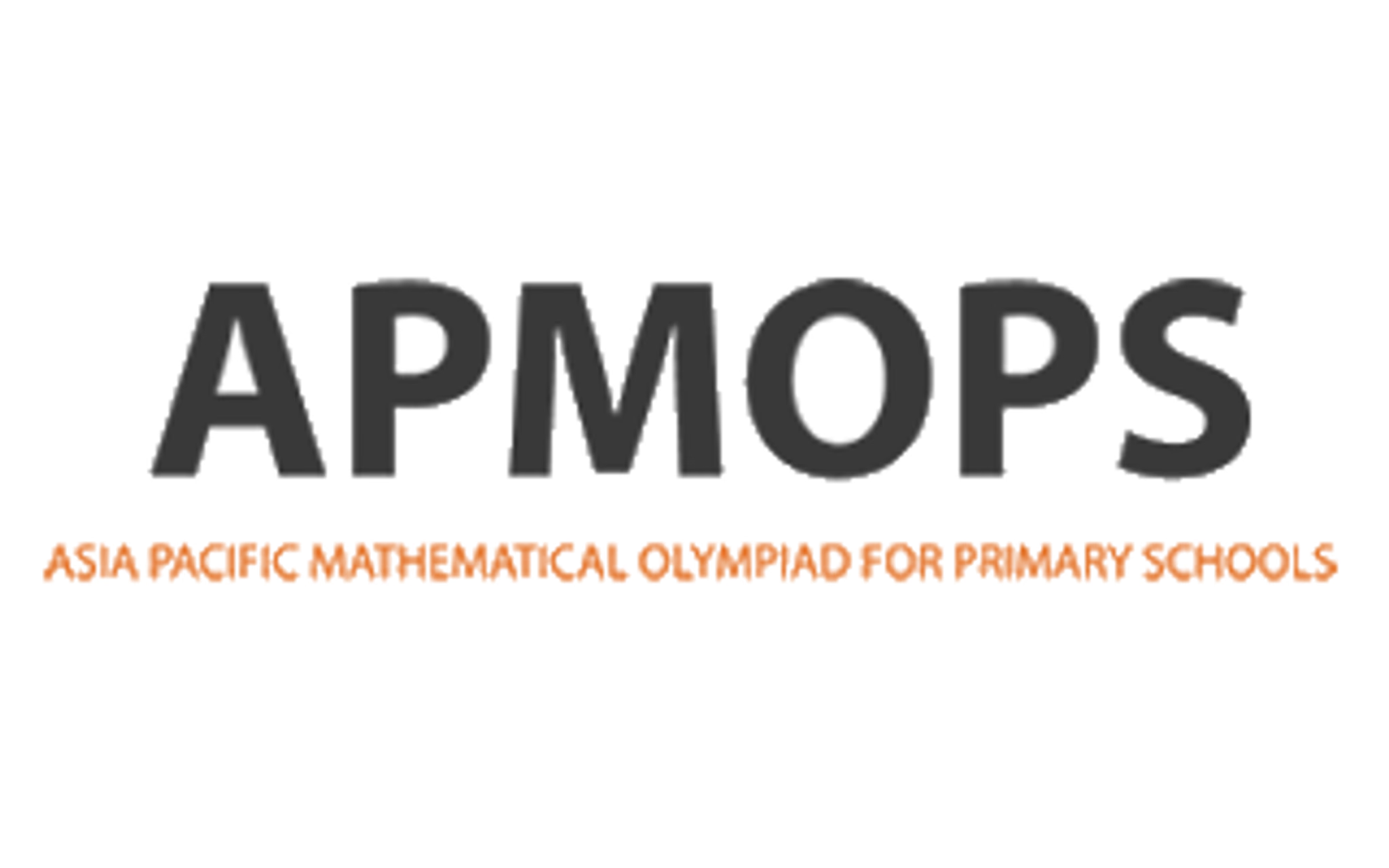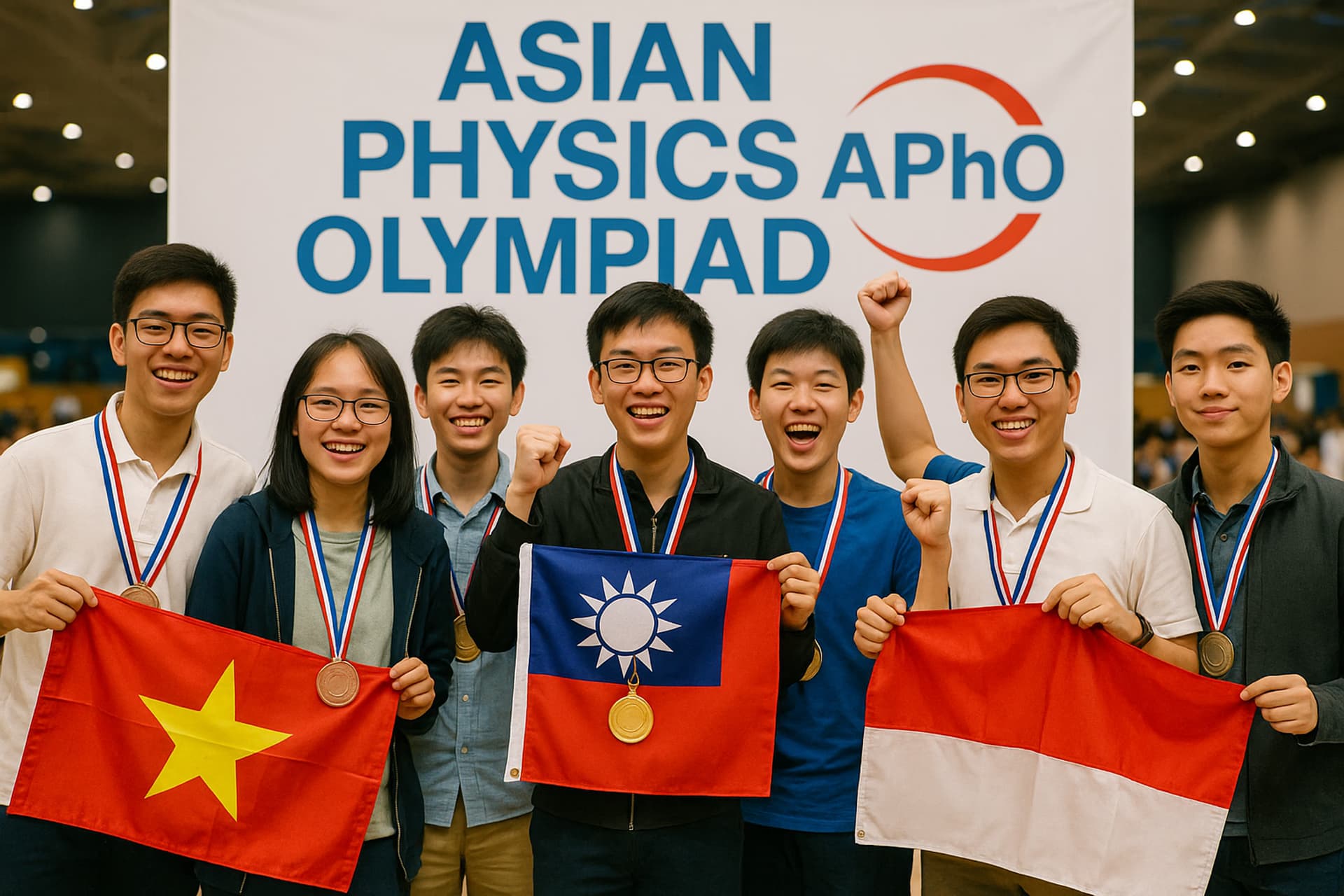Singapore Junior Physics Olympiad (SJPO): 2025 IP-Friendly Guide
Download printable cheat-sheet (CC-BY 4.0)01 Dec 2025, 00:00 Z
Join our Telegram study groupQ: What does Singapore Junior Physics Olympiad (SJPO): 2025 IP-Friendly Guide cover?
A: Eligibility rules, exam format, medal cut-offs, and why the General Round is a perfect mid-year diagnostic for IP Physics students.
TL;DR
The Singapore Junior Physics Olympiad (SJPO), run by the Institute of Physics, Singapore (IPS), typically targets Secondary 2 & 3 students.
Past cycles used a 2-hour General Round MCQ paper with invited candidates sitting a written Special Round. Confirm 2026 dates, fees, rules, and medal bands against the latest IPS circular before planning.
Registration quick answer (Singapore): Schools nominate candidates; individual sign‑up isn’t offered. Check the latest IPS circular via https://www.physics.nus.edu.sg/olympiad/sjpo and confirm the current cycle with your teacher-in-charge.
Stay Connected
Link this competition back to our IP Physics hub so proofs, WA prep, and practicals reinforce each other.
1 What exactly is SJPO?
The SJPO is a national junior Physics contest that feeds into the senior Singapore Physics Olympiad pathway. It has run annually since 2018 under IPS stewardship; seat caps and registration windows are published in the yearly circular.
2 Eligibility & registration
| Rule | Detail (confirm with the latest IPS circular) |
| School level | Typically Secondary 2 or 3 |
| School type | MOE schools & independent/IP schools |
| Registration window | Published in the annual circular (schools register candidates) |
| Exam venue | Typically candidates' own schools (online submission) |




